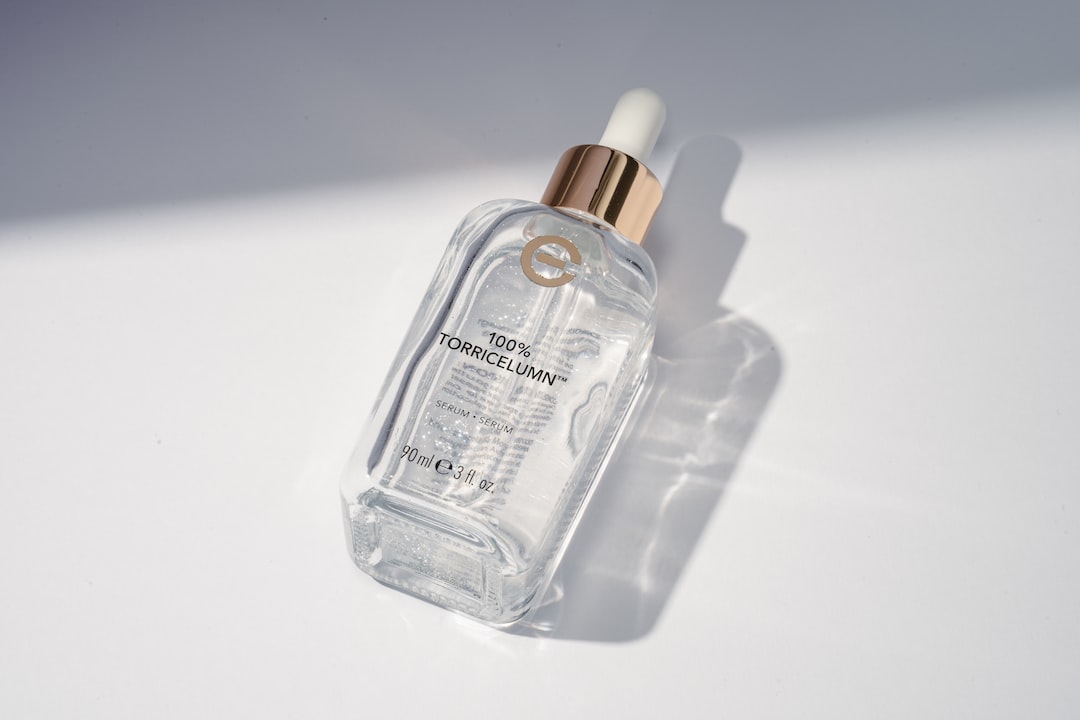A scab is a natural part of the healing process for wounds, cuts, and scrapes. It forms when the blood clot that initially stopped the bleeding hardens and dries out. But how do you know when a scab will fall off? In this article, we will explore the stages of scab formation and give you some tips to determine when a scab is ready to come off.
Stages of scab formation
Before discussing how to know when a scab will fall off, let’s briefly go through the stages of scab formation:
1. Hemostasis
Immediately after an injury, the body initiates the process of hemostasis to stop the bleeding. Blood vessels constrict to reduce blood flow, and platelets form a clot at the site of the wound.
2. Inflammatory stage
During this stage, the body sends white blood cells to remove bacteria and debris from the wound. Additionally, blood vessels dilate, causing redness, swelling, and pain around the injury.
3. Proliferative stage
In this stage, new blood vessels form, and collagen starts to rebuild the damaged tissue. The wound appears reddish and granulated, indicating the formation of new tissue.
4. Maturation stage
During the maturation stage, the new tissue becomes stronger and more organized. The scab forms as a protective barrier over the wound, preventing infections and further damage.
Signs that a scab is ready to fall off
It is essential to let the scab fall off naturally to ensure complete healing. Here are some signs that indicate a scab is ready to come off:
1. Dry and dark
As the healing process progresses, the scab starts to dry out and becomes darker. The color can range from brown to black.
2. No pain or tenderness
When a scab is ready to fall off, it should not cause any pain or tenderness when touched or moved. If you experience pain, it’s best to leave the scab intact and let it heal further.
3. New skin formation
You may notice new skin forming around the edges of the scab. This indicates that the underlying tissue has healed, and the scab is no longer necessary.
4. Scab becomes smaller
Over time, the scab gradually becomes smaller in size. It may start peeling around the edges or develop cracks, indicating that it is loosening and preparing to fall off.

Tips for scab care
While waiting for a scab to fall off, it’s crucial to take proper care to avoid complications and promote healing. Here are some tips:
1. Keep it clean
Clean the scab gently with mild soap and water. Avoid scrubbing or picking at it, as it can disrupt the healing process.
2. Moisturize
Applying a thin layer of petroleum jelly or antibiotic ointment can help keep the scab moisturized and prevent it from cracking.
3. Protect from sun exposure
UV rays can hinder the healing process and cause discoloration of the new skin. Cover the scab or use sunscreen when going out in the sun.
4. Avoid picking or scratching
Resist the temptation to pick, scratch, or peel off the scab prematurely, as it can lead to scarring or infections.
In conclusion, a scab will fall off naturally when the underlying wound has healed sufficiently. It is crucial to let the scab run its course and follow proper care practices to ensure optimal healing and minimize the risk of complications.